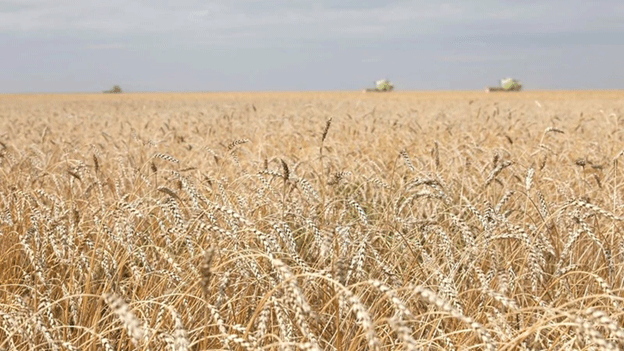The Food and Agriculture Organization (FAO) projects that global cereal production will increase to 2.859 billion tonnes in 2024-2025, marking a 0.6% rise over the previous year. Despite being a challenging year due to volatile commodity markets and uncertain demand, this forecast offers a sense of stability in global food supply.
Highlights of the 2024-2025 Projections
- Record Rice Production:
Global rice production is expected to hit a record 533.8 million tonnes, an increase of 3.4 million tonnes from earlier estimates. India is leading this surge with a projected 145 million tonnes, the highest ever recorded for the country.
- Vietnamese rice (5% broken) was priced at 509 USD/tonne, while Thai rice saw a slight uptick to 510-515 USD/tonne due to currency dynamics.
- Indian rice prices remained stable at 444-458 USD/tonne, supported by a weak rupee aiding export competitiveness.
- Mixed Signals in Grain Markets:
- The FAO Food Price Index rose to 127.5 points in November, the highest in 19 months, driven by a 32% increase in vegetable oil prices over the previous year.
- Other food commodity indices have declined, reflecting market adjustments and regional trade fluctuations.
- U.S. Grain Markets Under Pressure:
The Chicago Board of Trade (CBOT) experienced declines in futures prices for corn, soybeans, and wheat during December trading:
- Corn futures dropped to 4.4025 USD/bushel, reflecting lower-than-expected weekly export sales.
- Soybean futures declined to 9.8675 USD/bushel, partly due to uncertainty in Chinese import demand.
- Wheat futures fell to 5.5175 USD/bushel, underlining weaker export prospects.
Global Challenges in 2024
While production forecasts appear promising, the global cereal market faces several challenges:
- Export Market Volatility: Declining demand from major importers like China has created uncertainty in global grain flows.
- Currency Effects: Exchange rate fluctuations, as seen in Thailand and India, significantly influence competitiveness in export markets.
- Climate and Supply Chain Risks: Persistent issues such as adverse weather and logistical bottlenecks can impact production and distribution.
Implications for Farmers and Agronomists
- Crop Diversification and Resilience: Farmers are encouraged to adopt drought-resistant crop varieties, especially for rice and oilseeds, to mitigate climate risks.
- Trade Awareness: Agronomists and agricultural engineers must stay updated on shifting trade policies and currency dynamics to guide export strategies.
- Input Cost Management: Rising input costs, especially for fertilizers and seeds, require innovative strategies for cost optimization without compromising yield.
The global cereal production outlook for 2024-2025 highlights both opportunities and risks for the agricultural sector. While record rice production and a steady cereal supply provide hope for food security, market volatility and climate challenges underline the need for adaptive practices. Farmers, scientists, and policymakers must work collaboratively to address these dynamics and ensure sustainable growth in the coming years.
Error





